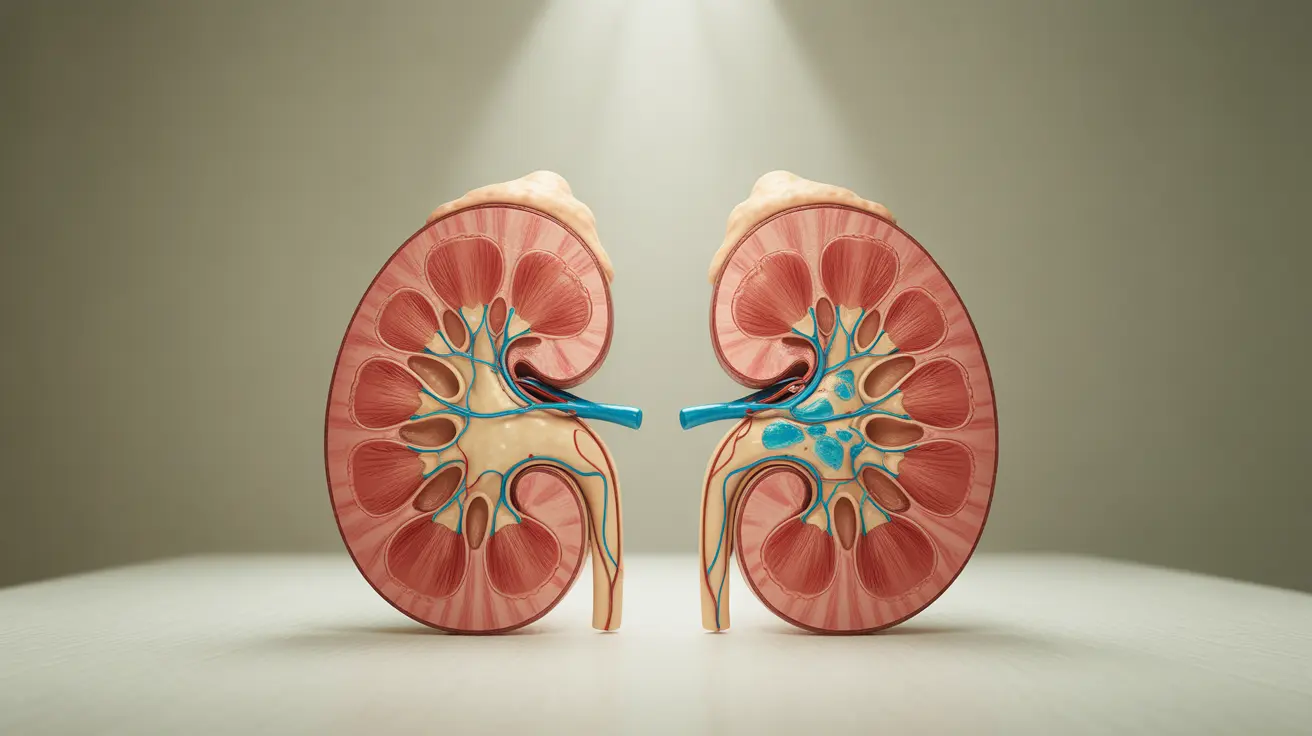Dealing with acne breakouts can be frustrating, but modern skincare solutions like pimple patches offer a targeted approach to treating blemishes. These small, adhesive patches have gained popularity for their convenience and potential effectiveness in managing various types of acne.
Understanding how pimple patches work and when to use them can help you incorporate these tools effectively into your skincare routine. Let's explore everything you need to know about these innovative acne treatments.
What Are Pimple Patches?
Pimple patches, also known as hydrocolloid patches or acne stickers, are small adhesive bandages specifically designed to treat acne. Most are made from hydrocolloid material, a type of wound dressing that's been used in medical settings for decades to promote healing.
These patches create a protective barrier over the affected area, maintaining a moist environment that can help accelerate healing while keeping out bacteria and preventing you from touching or picking at the spot.
How Pimple Patches Work
The science behind pimple patches involves their ability to draw out fluids and impurities from the affected area. The hydrocolloid material absorbs excess fluid, including pus and oil, which helps reduce the size and appearance of pimples.
Key Benefits of Pimple Patches
- Protection from external bacteria
- Prevention of picking and touching
- Absorption of excess fluid and debris
- Creation of an optimal healing environment
- Reduced inflammation and redness
Types of Pimple Patches Available
Basic Hydrocolloid Patches
These traditional patches are made purely of hydrocolloid material and work best for surface-level breakouts that have come to a head.
Medicated Patches
Some patches are infused with active ingredients like salicylic acid, tea tree oil, or niacinamide to provide additional acne-fighting benefits.
Microneedle Patches
These advanced patches contain tiny dissolving microneedles that can deliver active ingredients deeper into the skin, making them potentially more effective for early-stage or deeper pimples.
How to Use Pimple Patches Effectively
For optimal results, follow these essential steps when applying pimple patches:
- Cleanse the affected area thoroughly
- Ensure skin is completely dry
- Apply the patch directly over the pimple
- Press down gently to secure
- Leave on for the recommended time (usually 6-12 hours)
- Remove and replace if needed
Frequently Asked Questions
How do pimple patches work, and what are they made of?
Pimple patches are primarily made of hydrocolloid material, which works by absorbing excess fluid and creating a moist healing environment. The material draws out pus and oil while protecting the area from external contamination and physical touching.
What types of pimples are best treated with pimple patches?
Pimple patches work best on whiteheads and surface-level pimples that have come to a head. They're particularly effective for pimples in the final stages of healing where the infection is close to the skin's surface.
How do I properly use pimple patches for acne?
To use pimple patches effectively, cleanse and dry your skin thoroughly, apply the patch directly over the pimple, and leave it on for 6-12 hours or overnight. Replace with a new patch if needed until the pimple has healed.
Are pimple patches effective for deep or cystic acne?
Traditional hydrocolloid patches are less effective for deep or cystic acne. However, microneedle patches containing active ingredients may help treat deeper breakouts by delivering treatment beneath the skin's surface.
Can pimple patches help prevent future acne breakouts or scarring?
While pimple patches primarily treat existing breakouts, they can help prevent scarring by protecting the area from picking and creating an optimal healing environment. However, they don't directly prevent future breakouts - this requires a comprehensive skincare routine and possibly professional treatment.




